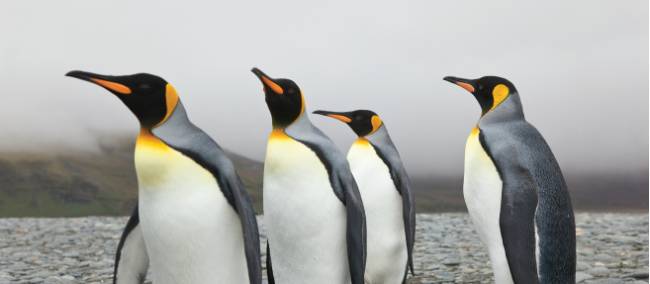
King penguins on South Georgia | Peter Walton
Blog home / Antarctica: where to find the best wildlife encounters
Where else in the world can you experience the dramatic extremes of a frozen continent? Holding the title of the coldest, driest and windiest place on earth, it may surprise some that Antarctica is also one of the most wildlife-rich continents in the world.
Encounter king penguins on a day trek, paddle alongside whales in your kayak, catch sightings of leopard seals, orcas, crab-eater and minke in the waters, as well as albatross, kelp gulls, petrels and blue-eyed cormorants in the sky.
Here's a quick guide on where you need to go to get up close and personal with the Antarctic's greatest wildlife.
Shetland Islands
The Shetland Islands have an abundance of wildlife, including Antarctic terns, chinstrap and Adélie penguins, blue-eyed shags and southern giant petrels. Venturing to the Shetland Islands will take you across the Drake Passage, justifiably famous for its cetaceans, large flights of albatrosses, as well as whales and dolphins that frolic in the waters.
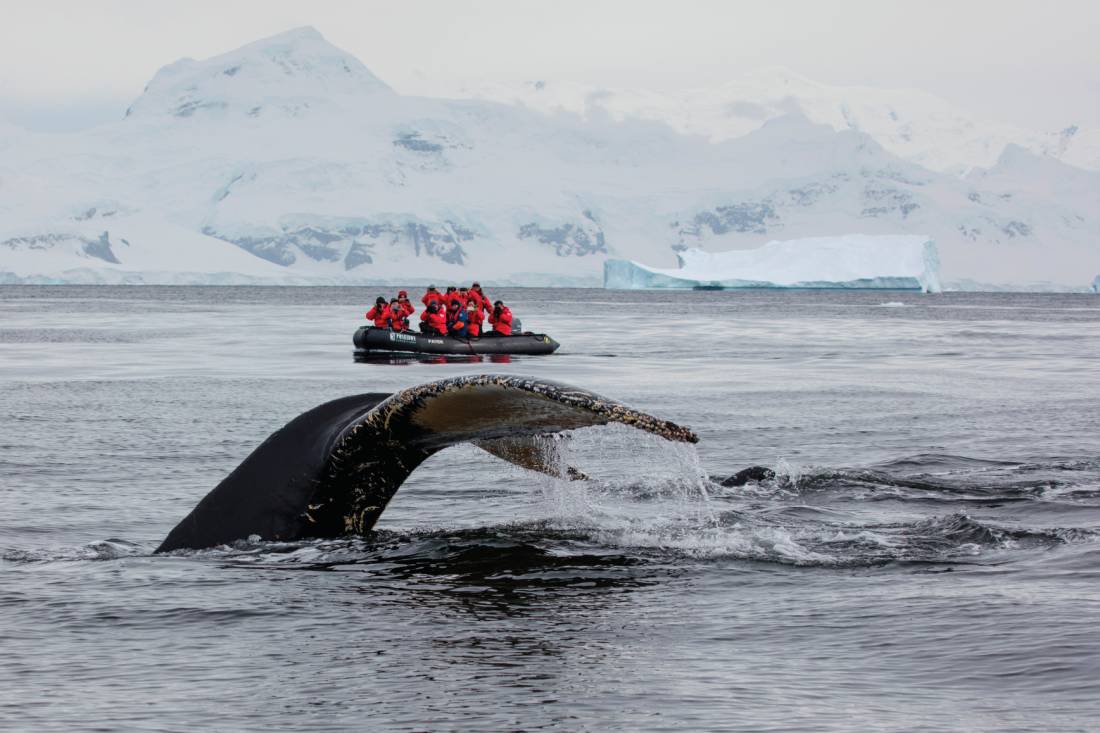
If your idea of a good time includes encountering huge penguin colonies; viewing seabirds soaring overhead; or perhaps spotting whales and seals that frequent the icy polar waters, then a visit to the Shetland Islands is a must!
Take me there
Our range of Antarctic voyages cruise to the magnificent South Shetland Islands and the Antarctic Peninsula will make the voyage one to remember.
Passing through the Drake Passage, you’ll be accompanied by an expert crew and experienced naturalists, so you can fully appreciate this unique region whilst receiving great value for money.
And if you're strapped for time, jump on the shorter 10-day Taste of Antarctica trip for an equally immersive voyage with two days of experiencing the Shetland Islands.
South Georgia
The sub-Antarctic island of South Georgia is blessed with huge glaciers and a profusion of wildlife. With over 45 species of birds including seabirds, albatrosses and many more, there’s no shortage of wildlife if you’re looking to the skies.
You’ll also catch sightings of the world’s only meat-eating duck, the pintail, as well as Antarctica’s famous songbird, the popit. Not to mention literally thousands of king, macaroni and rockhopper penguins.
Spend time in South Georgia to visit rockeries and view the diverse wildlife that resides on the island, and kayakers can paddle the coastline’s nooks and crannies with the company of playful seals.
The kelp-strewn beaches of South Georgia are cluttered with basking elephant seals, feisty fur seals and a plethora of penguins.
The Falkland Islands
Tie your voyage with a visit to the Falkland Islands for the ultimate prolific birding experience, habitat to some of the world’s rarest and most enchanting feathered friends residing within the archipelago.
Find a plethora of birds such as thrushes, finches, tussac birds and Megallenic penguins inhabit its tussac grasslands. Pods of orcas, Peale's dolphins and leopard seals are also regularly seen in the waters around the island.
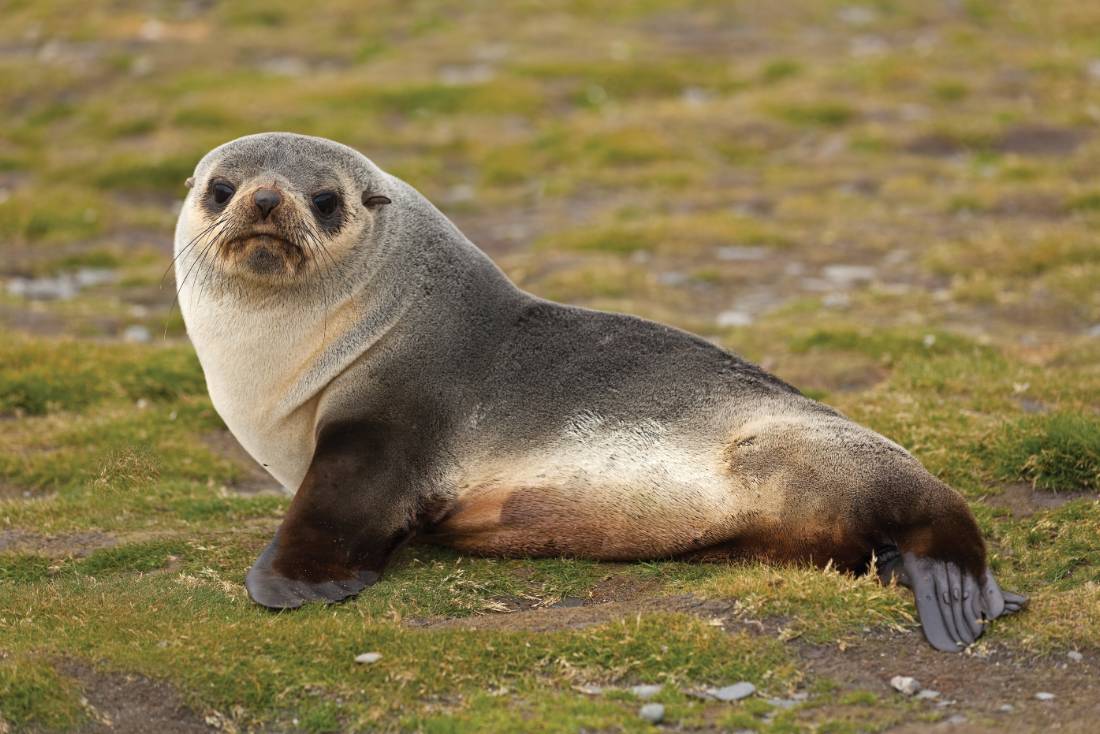
Take me there
You'll want to spend close to at least three weeks exploring the wildlife havens of the Antarctic Peninsula, the South Georgia region and the Falkland Islands and there are a number of cruises that combine these three destinations – view them all.
Exploring the flanks of the Antarctic Peninsula, you'll also cross the fabled Drake Passage where you'll encounter an abundance of seabirds, including the majestic albatross and giant petrels.
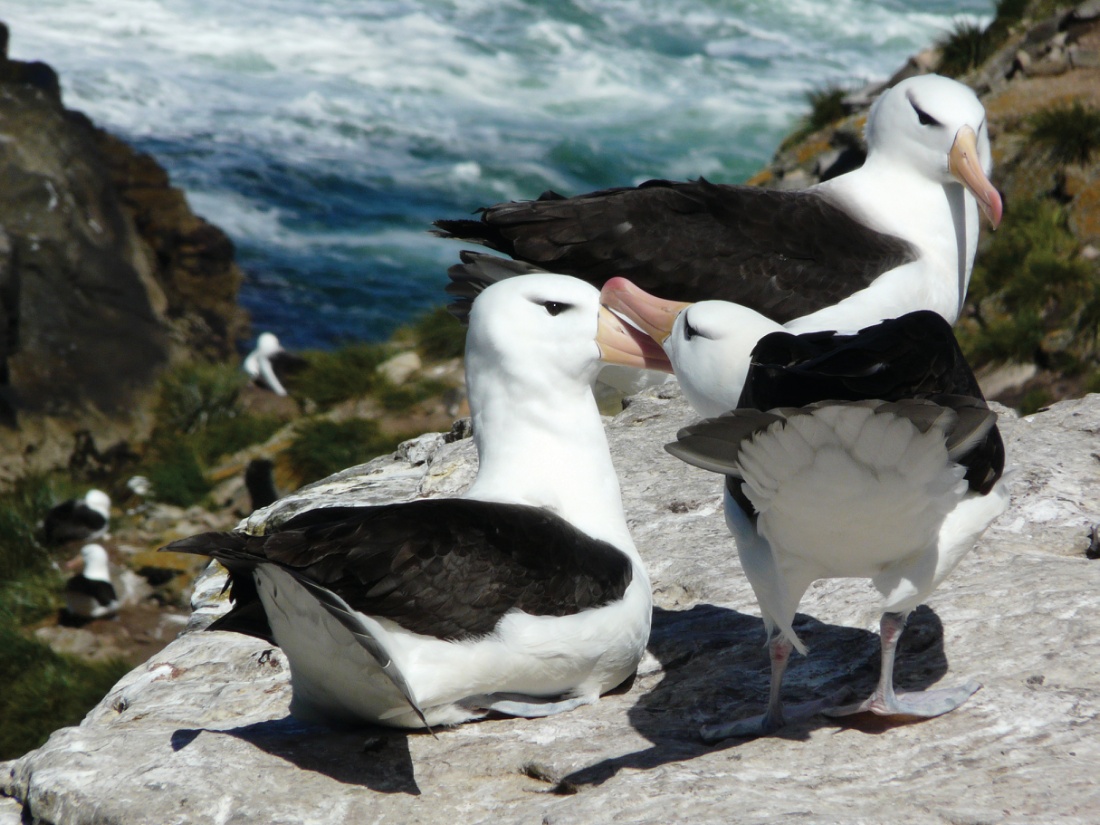
Macquarie Island
Listed as a World Heritage area in 1997, Macquarie Island is a wildlife haven located 1,500km southeast of Tasmania. The island is recognised for its rich and diverse wildlife, designated as one of 'the most important and significant natural habitats on the planet'. The cool temperate climate creates prime conditions to support a vast array of wildlife including albatross, penguins, petrels, prions, shearwaters and marine mammals like sea lions, fur seals and elephant seals.
Macquarie Island is the only breeding ground in the world for the beautiful royal penguin, and large colonies of king, gentoo and rockhopper penguins are also found here.
Take me there
Journey to the Macquarie Islands, as well as the three unique sub-antarctic islands: the Snares, Aucklands, and Campbell, to witness one of the highest concentrations of wildlife in the Southern Hemisphere.
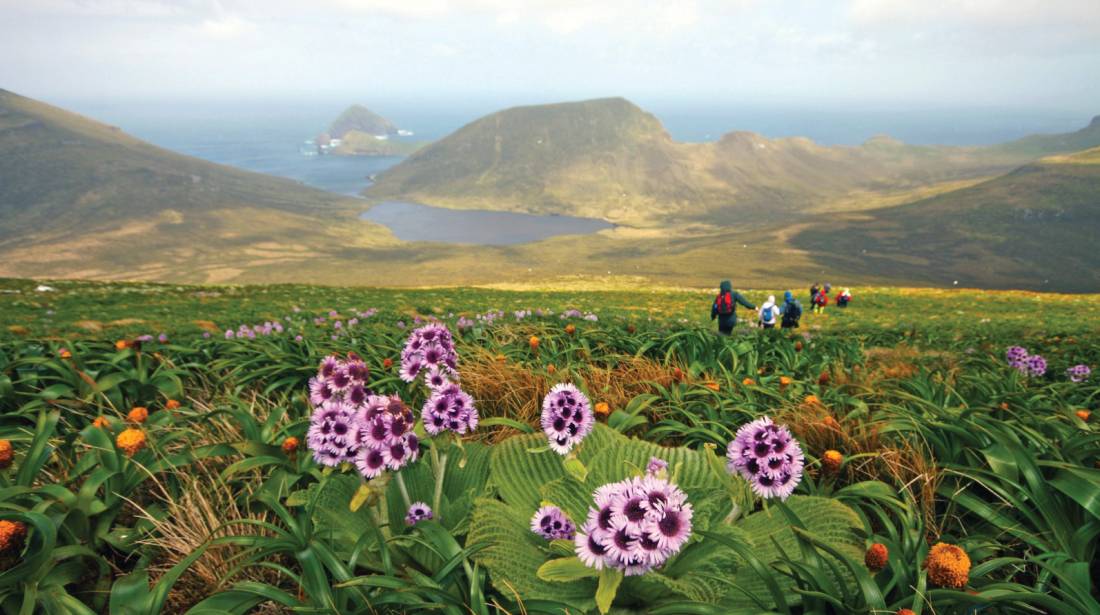
When to go: the best times to spot wildlife in Antarctica
Witness courtship rituals among penguin colonies and fur seals during November, or explore the frozen continent in December and be accompanied by Antarctica wildlife including sea birds, seals and whales as they make their migration south for the summer.
January is great for seeing penguin hatchlings and seal pups, or voyage here during February and March for ideal whale watching time and to see penguin colonies in animation with baby seals at their most playful.
View all Antarctic expeditions and use our advanced search to filter dates and activities >